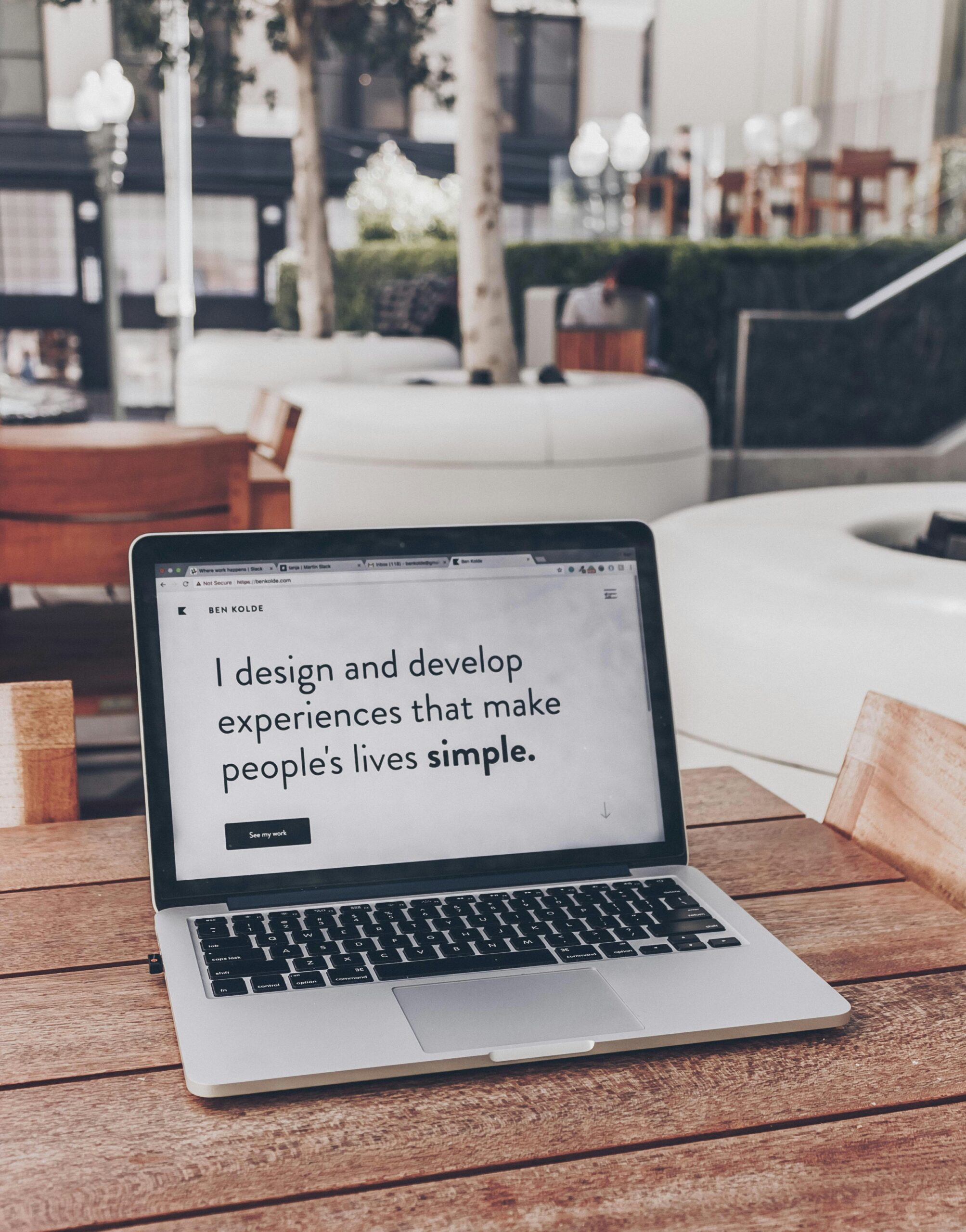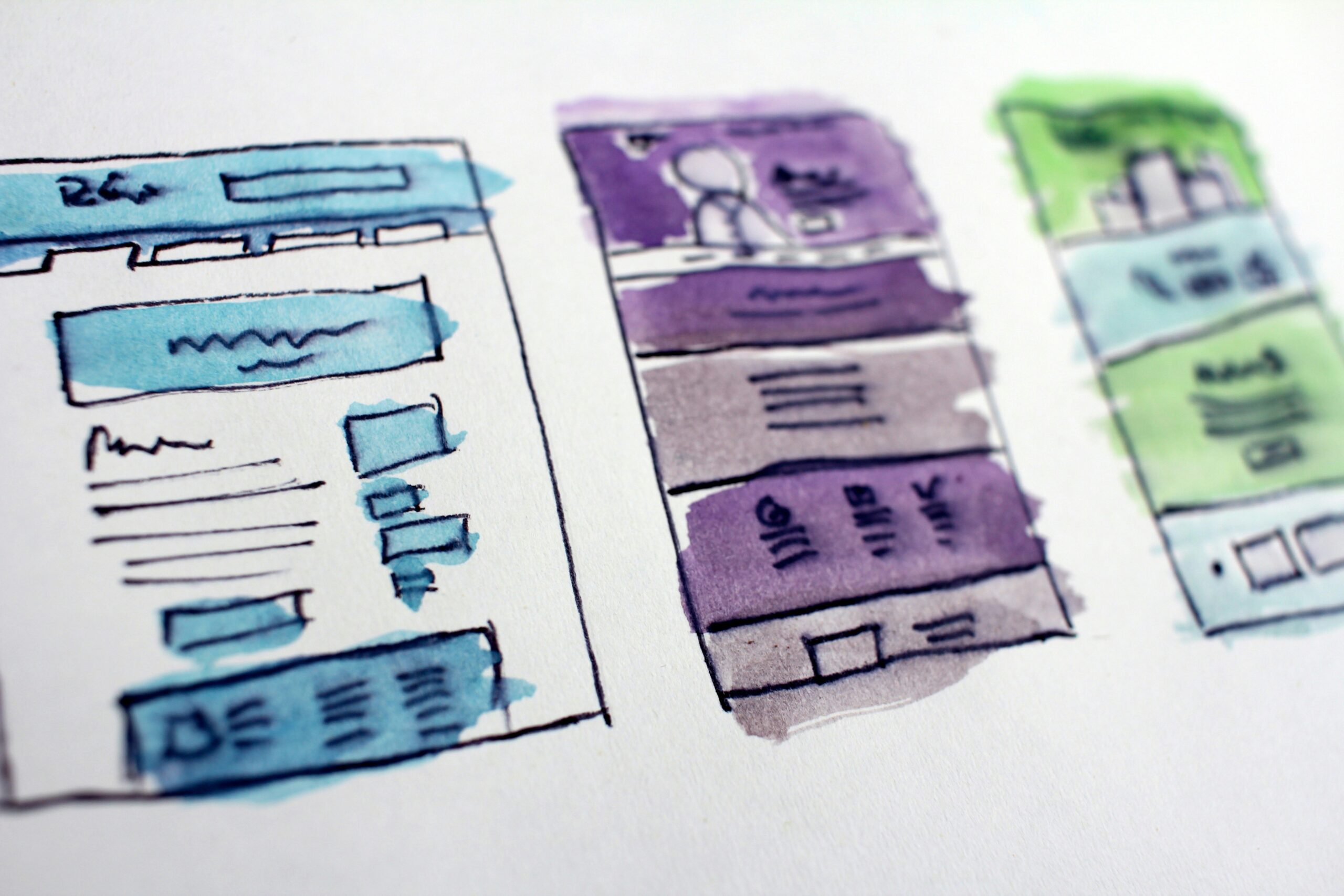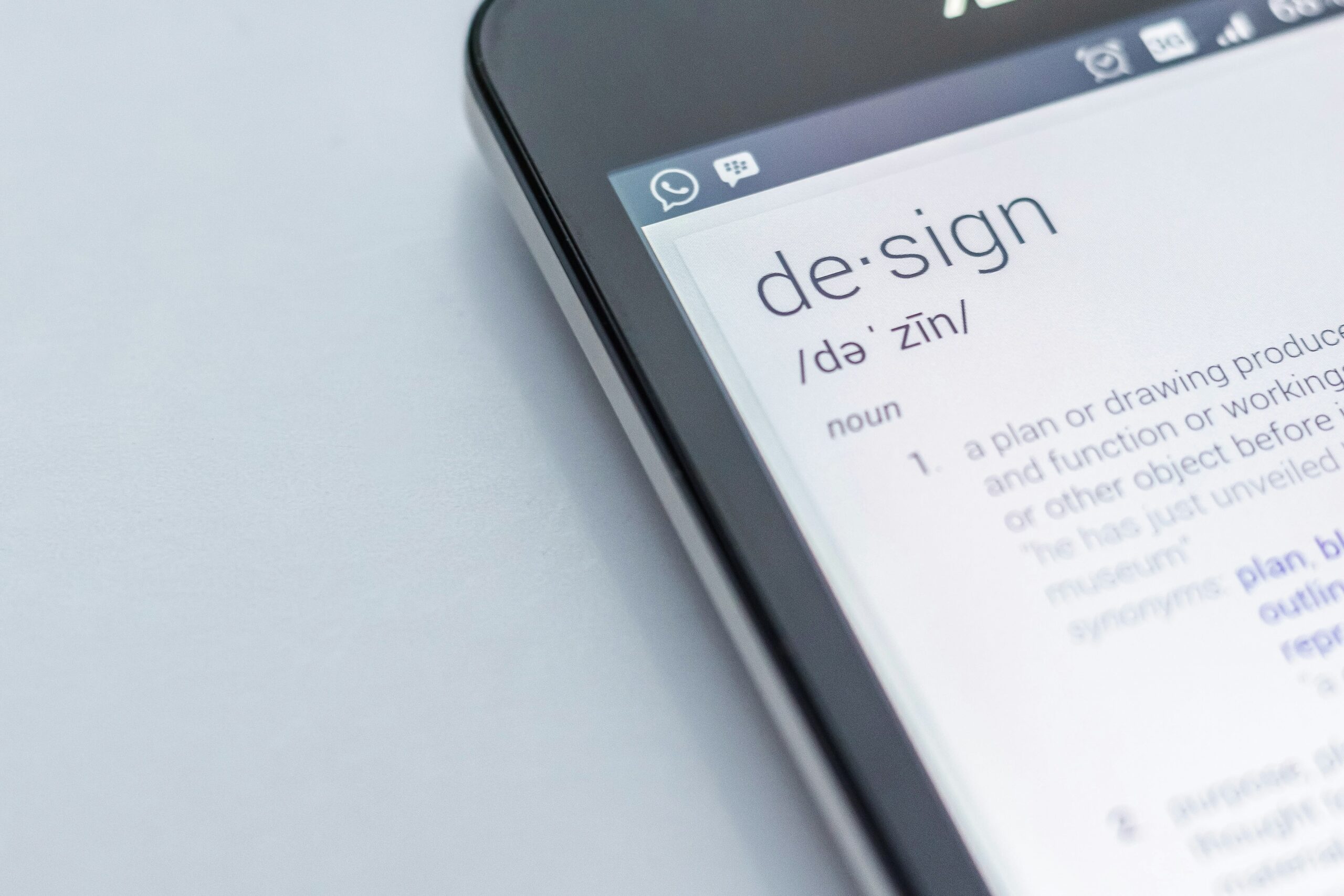Design systems have become an integral part of modern UI/UX processes, offering a systematic approach to creating consistent and efficient user interfaces. By providing a centralized library of reusable components, guidelines, and assets, design systems enable teams to work collaboratively, save time, and maintain a cohesive brand experience across different platforms and devices.
What is a Design System?
A design system is a collection of reusable components, guidelines, and assets that are used to build and maintain a consistent user interface. It serves as a single source of truth for designers, developers, and other stakeholders, ensuring that everyone is aligned and working towards a unified vision.
At its core, a design system consists of several key elements:
- Components: These are the building blocks of the user interface, such as buttons, forms, cards, and icons. Each component is designed to be reusable and can be easily customized to fit different contexts.
- Guidelines: These provide rules and best practices for using the components effectively. They cover aspects like typography, color palettes, spacing, and interaction patterns.
- Assets: Design systems often include a library of assets, such as logos, illustrations, and photography, that can be used consistently across different projects.
The Benefits of Using a Design System
Implementing a design system offers several benefits for both designers and developers:
Consistency
One of the primary advantages of a design system is the ability to maintain consistency across an entire product or brand. By using predefined components and guidelines, teams can ensure that the user interface looks and behaves consistently, regardless of who is working on it. This consistency helps build trust with users and creates a seamless experience.
Efficiency
A design system streamlines the design and development process by providing reusable components. Instead of starting from scratch for each new project, designers can leverage existing components, saving time and effort. Developers can also benefit from the consistency and efficiency of a design system, as they can easily implement the predefined components and guidelines without reinventing the wheel.
Scalability
Design systems are designed to be scalable, allowing teams to handle projects of any size. As the product or brand evolves, the design system can be updated and expanded to accommodate new requirements. This scalability ensures that the user interface remains consistent and cohesive, even as the product grows.
Collaboration
A design system promotes collaboration between designers, developers, and other stakeholders. By providing a shared language and set of guidelines, it enables teams to work together more effectively. Designers can focus on creating new components and iterating on existing ones, while developers can implement them without the need for constant back-and-forth communication.
Implementing a Design System
Implementing a design system requires careful planning and collaboration. Here are some key steps to consider:
- Research and Analysis: Understand the needs of your users and the goals of your product or brand. Analyze existing design patterns and identify areas for improvement.
- Component Library: Create a library of reusable components that can be easily customized and integrated into different projects.
- Guidelines and Documentation: Define clear guidelines and documentation for using the components effectively. This includes aspects like design principles, color palettes, typography, and interaction patterns.
- Testing and Iteration: Continuously test and iterate on the design system to ensure its effectiveness and address any issues or feedback.
- Education and Adoption: Educate the team on the benefits and usage of the design system. Encourage adoption and provide support to ensure its successful implementation.
Conclusion
Design systems have revolutionized the way UI/UX processes are approached, offering a streamlined and efficient way to create consistent and cohesive user interfaces. By providing reusable components, guidelines, and assets, design systems enable teams to work collaboratively and maintain a unified brand experience. Implementing a design system requires careful planning and collaboration, but the benefits in terms of consistency, efficiency, scalability, and collaboration make it well worth the effort.











Leave a Reply